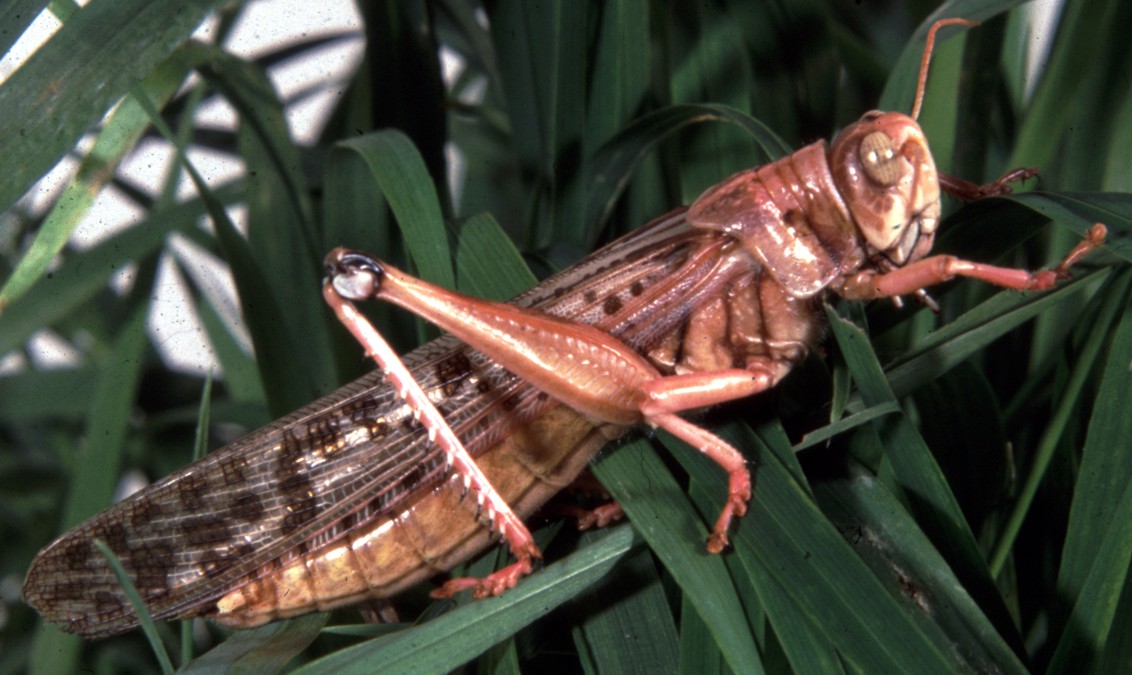
Contact
Tierphysiologie
phone: 26442
fax: 27152
karsten.seidelmann@...
room 8.05
Hoher Weg 8
06120 Halle (Saale)
postal address:
Tierphysiologie
06099 Halle (Saale)
Login for editors
Reproduction in Locusts
Hormonal control of sequential egg maturation in the migratory locust, Locusta migratoria
In insects oocytes develop inside tubular ovarioles. The terminal oocyte nearest to the oviduct is the most developed one. The hierarchical gradation of development of oocytes within one ovariole can be very different between insects. Species that continuously lay eggs one by one the maturity differences between neighbouring oocytes are rather small. However, in species that lay large numbers of eggs at a time in clutches, as L. migratoria, usually the terminal oocytes of all ovarioles mature synchronously while the subtermial oocytes stagnate in a previtellogenic state. This sequential development is not controlled by the juvenile hormone titre but triggered by an unknown factor produced in the oviduct. The aim of the study is to isolate and characterize tis hormonal factor.
Causality of aggregated egg-laying swarm-forming locust (Acrididae)
Locust lay clutches of eggs in sandy, soft and sufficient wet soil. Females drill a deep hole with the tip of their telescope like prolonged abdomen vertical in the ground an deposit a clutch of up to 80 eggs. In the gregarious phase, when adults form huge swarms, many females usually lay their eggs on the same place. This phenomenon was explained by an "aggregation egg laying pheromone". Although several substance have been described so far, an explicit proof is still lacking. However, an aggregated egg deposition could occur also without the attendance of pheromones if favourable places for egg deposition are rare and scattered throughout the desert or semidesert landscape. In this case females with mature eggs would assemble on rare microstructures with sufficient wet soil. Which factors mediate an aggregated egg laying of females, be it pheromones or favourable soil conditions, shall be experimentally settled for several locust species in this project.

